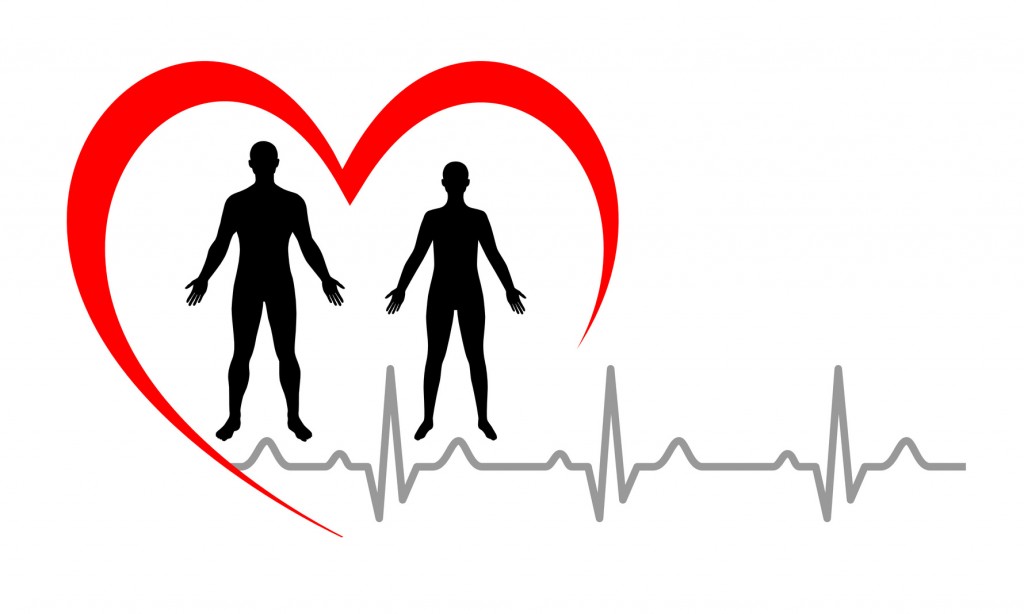Brugada Syndrome
Summary
Brugada syndrome is a rare but potentially life-threatening condition that can cause fast, irregular heartbeats without warning, often during sleep. A person can sometimes be diagnosed after an unexpected blackout or seizure, after a cardiac arrest, or as part of a family screening. There are people who never get any symptoms from Brugada syndrome. If a person is suspected of having the disease, it can be diagnosed through an ECG, a drug challenge or DNA testing.
Technical Information
Brugada syndrome was first described in 1992 as a condition associated with cardiac arrest in the setting of specific abnormalities in the ECG, known as Brugada pattern. These patients are susceptible to developing life-threatening arrhythmias such as ventricular tachycardia or ventricular fibrillation, particularly during sleep. Although incidences are not well established, in South-East Asia Brugada syndrome is the leading cause of death in young males, exceeded only by deaths in motor vehicle accidents. In the Western world it is also more prevalent in males, but its incidence is not as high.
Genetics
The most common gene responsible for this disorder is called SCN5A. Multiple abnormalities (mutations) have been described in this gene in patients with Brugada syndrome. The consequence of these mutations is a faulty protein involved in the electrical currents that occur during each heartbeat. Different mutations affect this protein differently, hence the variability in clinical forms of Brugada.
Diagnosis
The diagnosis can be challenging, as an ECG from a person with Brugada syndrome may be completely normal at times. In these cases, diagnosis is achieved by repeating the ECG, by infusing a drug that is able to unmask the specific ECG abnormalities seen in this condition (called Ajmaline or Flecanide challenge) or, when a specific gene mutation has been identified in a family, by DNA testing looking for that particular mutation.
Treatment
Treatment involves aggressive management of fevers with medications to reduce fever such as Paracetamol (as fever of any origin can trigger dangerous arrhythmias in this context), and avoidance of certain drugs, as listed on Brugada drugs to avoid, however, up to date recommendations can be found on www.brugadadrugs.org. With specialist input the risk of developing life-threatening arrhythmias is determined, and if considered high an implantable defibrillator (ICD) may be recommended. An ICD is also indicated when a patient has already suffered a dangerous arrhythmia. Some drugs are being used or investigated as treatment for rhythm abnormalities. Once a person is diagnosed with Brugada syndrome, the recommendation is for all first degree relatives to be screened. Your local CIDG Coordinator will facilitate this for you.
Click here for more information on how to manager fevers.
It is important to know that many people who are diagnosed with Brugada Syndrome go on to live a long and happy life.
